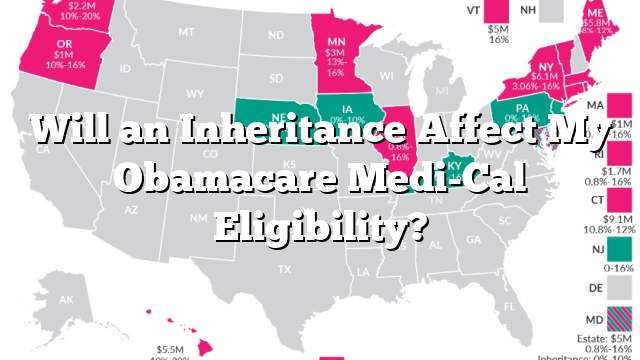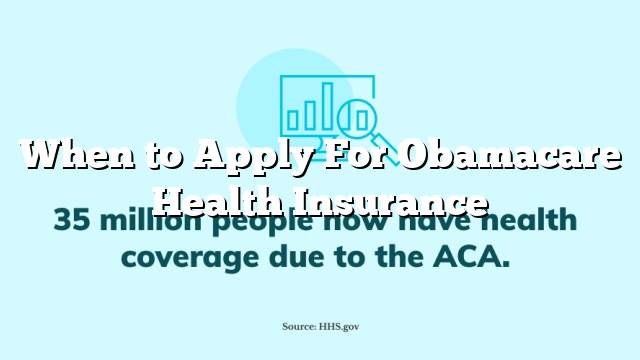

Your eligibility for financial assistance through the Affordable Care Act marketplace could help reduce the costs of Obamacare plans. Your eligibility depends on factors like income and plan type.
Average non-subsidized Obamacare plan costs differ depending on your state and metal tier, but you can easily get an accurate estimate by entering your household information in the eHealth marketplace.
Premiums
Obamacare plans are generally not cheap, but there may be affordable options by shopping around. You can compare individual and family health insurance options on the marketplace as well as speak with an eHealth licensed agent who can assist in finding one that meets your budget needs.
Monthly premiums for Affordable Care Act marketplace plans differ by state, but on average an ACA silver-tier plan costs approximately $1,400 monthly without subsidies or tax credits – however these may be significantly reduced for households earning between 139-400% of the Federal Poverty Level.
Premiums for second lowest-cost Silver Level Marketplace Plans in 2014 were on average 21 percent lower than individual market premiums before the Affordable Care Act was implemented, even taking into account new plans’ higher actuarial value. Our analysis further supports these results of examination of base premium rates offered prior to underwriting as well as community rating provisions within ACA individual markets.
Deductibles
The Affordable Care Act contains many provisions designed to make healthcare more accessible, including prescription drug coverage and reduced Medicare Part D deductibles. Furthermore, employers are required to offer health insurance or face penalties; many firms have taken up coverage, especially those with many employees receiving premium subsidies.
However, deductibles remain an obstacle for many people. Their cost isn’t included in monthly insurance premiums, leaving many people to spend a substantial amount before their health coverage kicks in. Furthermore, marketplace deductibles have steadily increased over time – the architects of Obamacare reportedly knew deductibles would be high but wanted to keep premiums low; additionally they knew having such high deductibles might prevent people from seeking treatment they need; in 2021 most individual plans must not go beyond an individual deductible of $8550 while family plans can go no higher than $17100 per family plan – these deductible limits have not changed from when Obamacare was created in 2010.
Co-pays
People commonly refer to Obamacare as the health insurance marketplace established by the Affordable Care Act (ACA). This marketplace sells regulated private plans with copayments and annual deductibles that meet state regulation.
However, some ACA plans do not require cost-sharing requirements; typically gold and platinum-tier plans. Benefits offered by such plans typically include maternity coverage, free preventive services and low cost virtual visits with physicians.
As you compare health plans on the Affordable Care Act marketplace, it is crucial that you pay careful attention to each plan’s details. Be sure to factor in costs associated with copayments, annual deductibles and coinsurance when making your selections. A copay is a fixed sum an insurance company requires you to pay for specific services or medication; usually not applied toward meeting an annual deductible but can apply depending on specific services such as prescription drug copays or emergency room copayments; these rates may also differ depending on which health plan type you select.
Taxes
Though ObamaCare will impact most Americans little to none in taxes, some individuals and small businesses could incur additional charges due to its provisions such as an individual mandate and health insurance tax. Under ObamaCare’s individual mandate provision, individuals are required to obtain minimum essential health coverage or pay a fee; most Americans can receive cost assistance via tax credits either directly through their marketplace account or their employer.
The Affordable Care Act also levies excise taxes on medical device makers, drug manufacturers and health insurers that contributed an additional $12 billion in 2019.
ACA also has other financial repercussions for workers and small business owners. Earlier this year, the Inflation Reduction Act lifted income caps on subsidy eligibility through 2025 while also imposing payroll and excise taxes that could raise costs for some employees. Furthermore, insurers are being required to pay an annual fee that may result in higher premiums being passed onto consumers.






